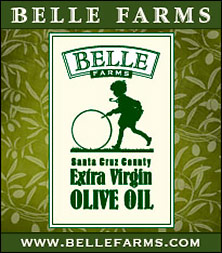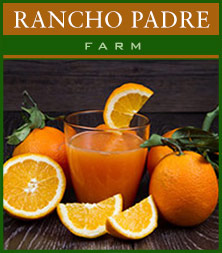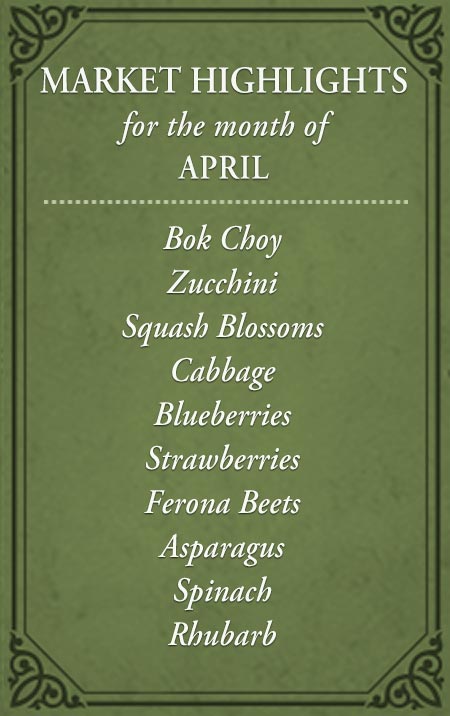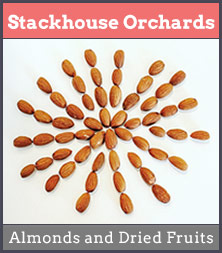I love the texture of salmon seared in a pan without turning it, and then finished in the oven. The top develops a crackling crust and the inside is moist and flaky. The fava sauce has a little tang that is inherent with fava beans and is a wonderful foil for the rich salmon. The sauce can be puréed and placed under the fish for an elegant presentation, or the sauce can be left chunky and used more as a topping. The colors of the two elements are beautiful together.
INGREDIENTS:
4 4-ounce filet pieces of King salmon, skin off
Salt and pepper to taste
8 sprigs of fresh marjoram or oregano plus 1 tablespoon, minced
1-2 tablespoons of very flavorful Extra Virgin olive oil
1 recipe Fava Bean Sauce or Topping (see recipe)
METHOD:
Measure the fish from skin to inside flesh. Remember how thick the fish is.
If you wish to add more herb flavor to the fish, earlier in the day place half the herbs on a cutting board and run the flat of a knife over them. Place them in a dish with a cover or bag and put the fish in with them. Be sure the herbs are in contact with the fish, and seal the bag.
Make the Fava Bean Sauce and keep warm.
Have plates ready.
Heat the oven to 400°F.
Heat an oven-proof sauté pan large enough to hold the salmon pieces without crowding over medium-high heat. Remove the fish from the refrigerator and brush away the herbs. Season the fish with salt and pepper to taste.
When the pan is hot (holding your hand 6 inches above the empty pan should get uncomfortable after 3-4 seconds), carefully place the salmon pieces into the pan skin side up, leaving space around each piece.
Cook the fish without disturbing it until a change of color — a lightening — is discernible 1/8 to 1/4 of an inch up from the floor of the pan. This should take around 3-4 minutes.
Note the time, scatter the rest of the herbs over the fish, and place the pan in the center of the hot oven. Cook the fish for the requisite amount of time, less than one minute.*
Two minutes before the fish is ready to come out of the oven, place some of the warm sauce on each plate.
When the fish is done, remove it from the oven carefully (the pan is hot, and watch out for any hot oil from the fish that may have accumulated in the pan.). Give the pan handle a sharp tug and see if the fish pieces release from the pan bottom. If some pieces do not release, carefully use a turner and tongs to remove the fish from the pan. Turn the fish so the skin side is down and place the filet in the center of the sauce. Lightly drizzle or brush the filets with the olive oil, and scatter some of the minced fresh herbs over the fish.
Plate any other items on the menu, and serve while hot.
CHEF NOTES:
*Knowing the thickness of the fish allows you to know how long to cook the fish. The basic rule is “8 minutes to the inch” (see Basic Fish Cookery). This is the amount of time needed to yield perfectly cooked fish. Measure the salmon filet from the skin side up to the thickest part. Usually salmon runs around 1 1/2 inches thick. This means the total cooking time is 12 minutes. 4 minutes in the pan and 8 (minus 1) in the oven to yield just right fish. I pull the fish a minute early because the pan is hot and will continue cooking the fish. I might even pull it a little earlier if I am in the mood for fish that is just barely cooked all the way. To be sure the fish is cooked, check by poking the fish with the tip of your finger near the thicker edge. The fish should just flake easily with not too much pressure.
VARIATIONS:
- This dish is easy to play with. Sprinkle the fish with Ras el Hanout and instead of using marjoram or oregano in the Fava Sauce, use cumin and coriander with lemon juice for a Moroccan feel.
- Use marjoram and thyme in the fava sauce and top the fish with dollops of tapenade for a Provencal version.
- Add green olives to the sauce and sprinkle the fish with Pimenton de la Vera Dulce (Spanish sweet smoked paprika) for a Spanish riff. You can also leave the sauce chunky and top the fish with this for a more rustic, but just as tasty, approach.
YIELD: Serves 4


























